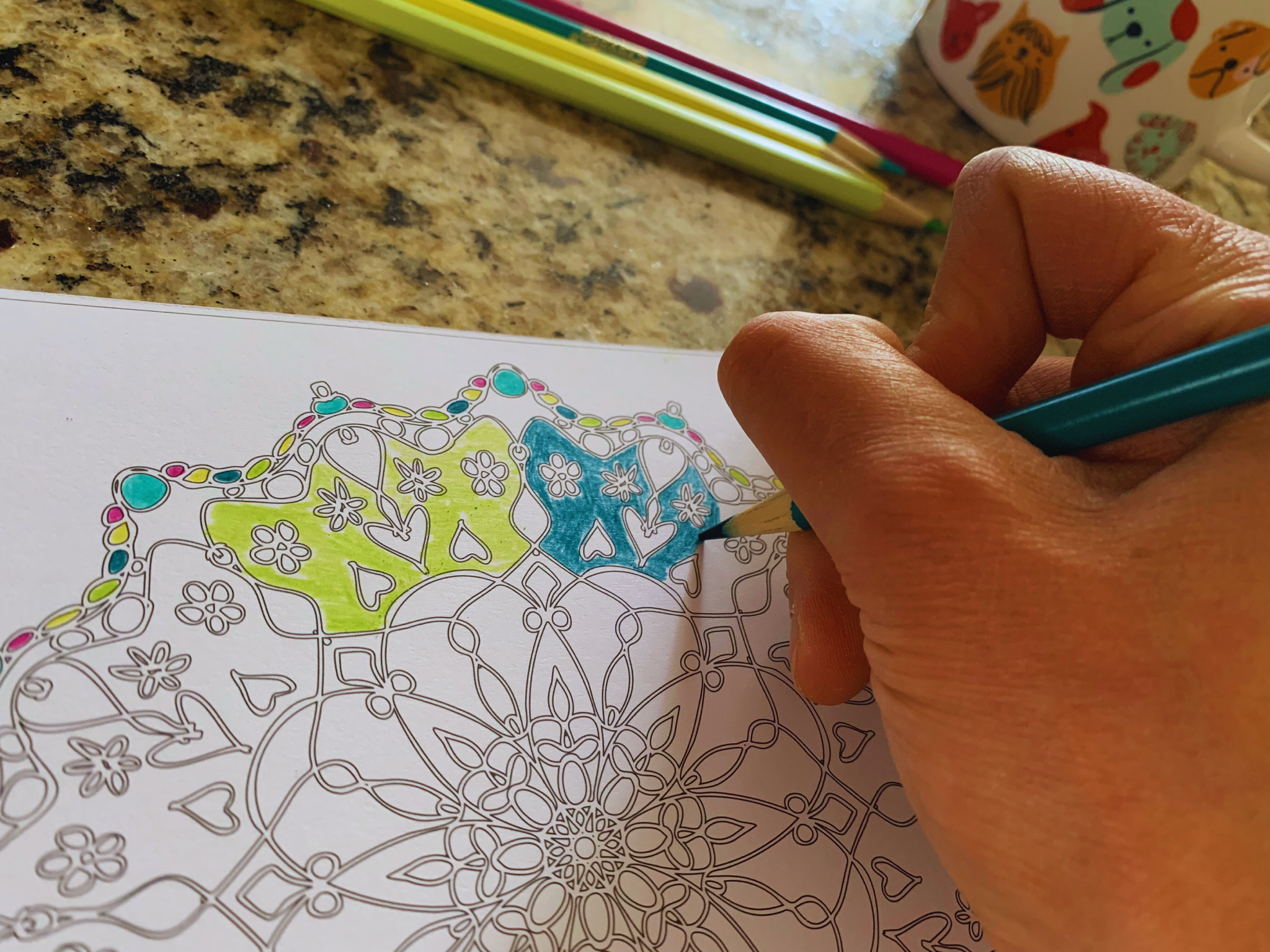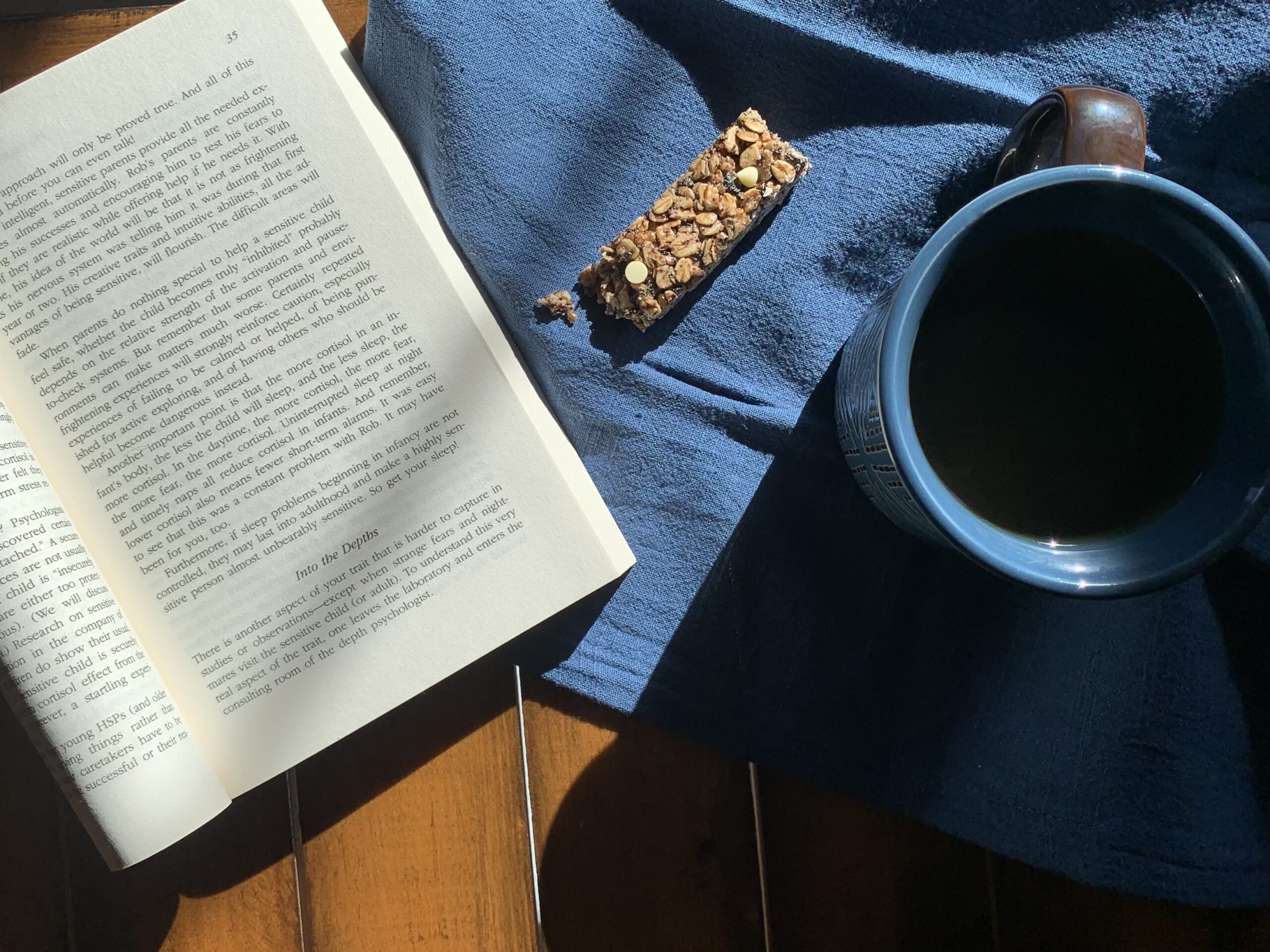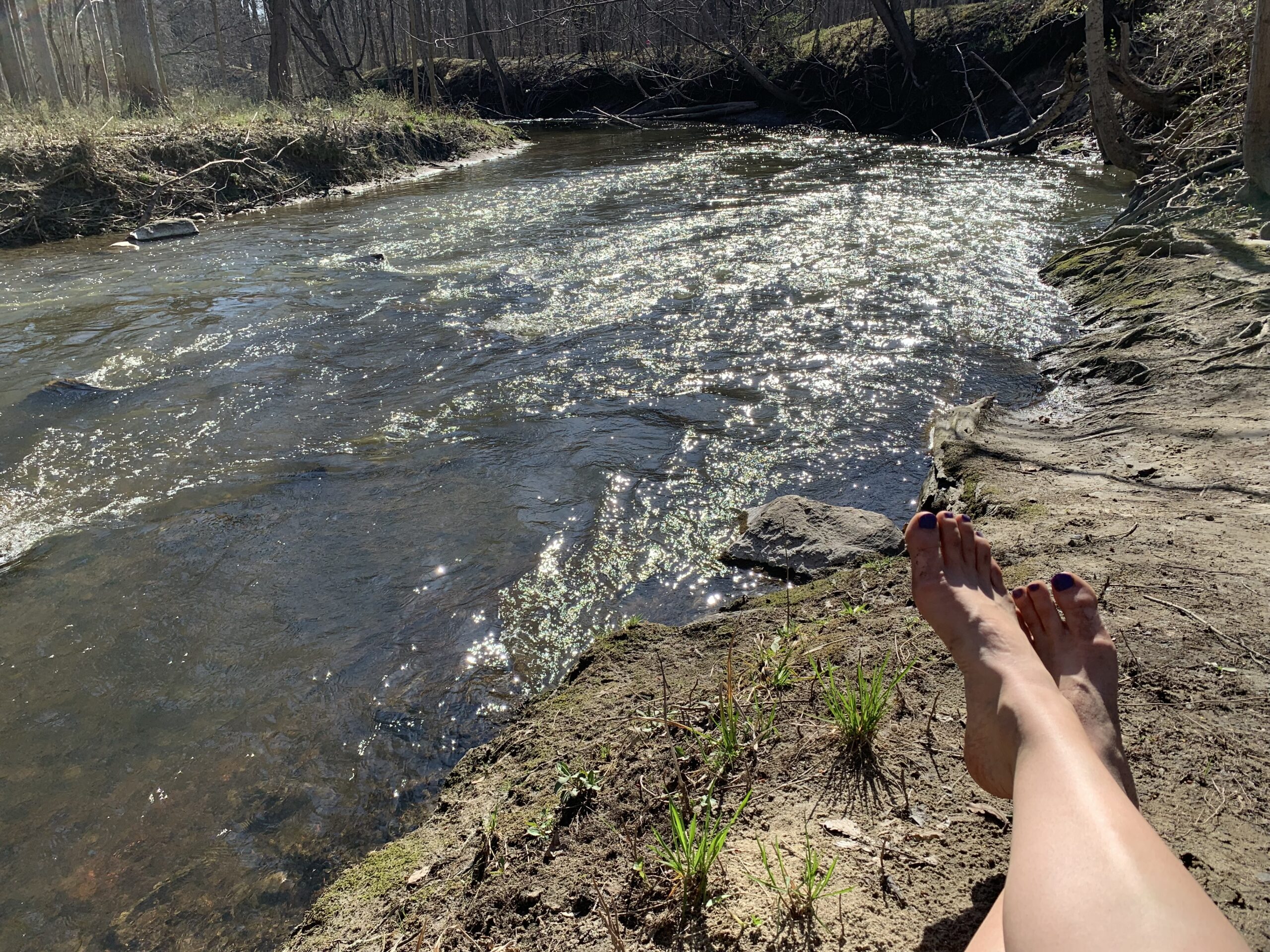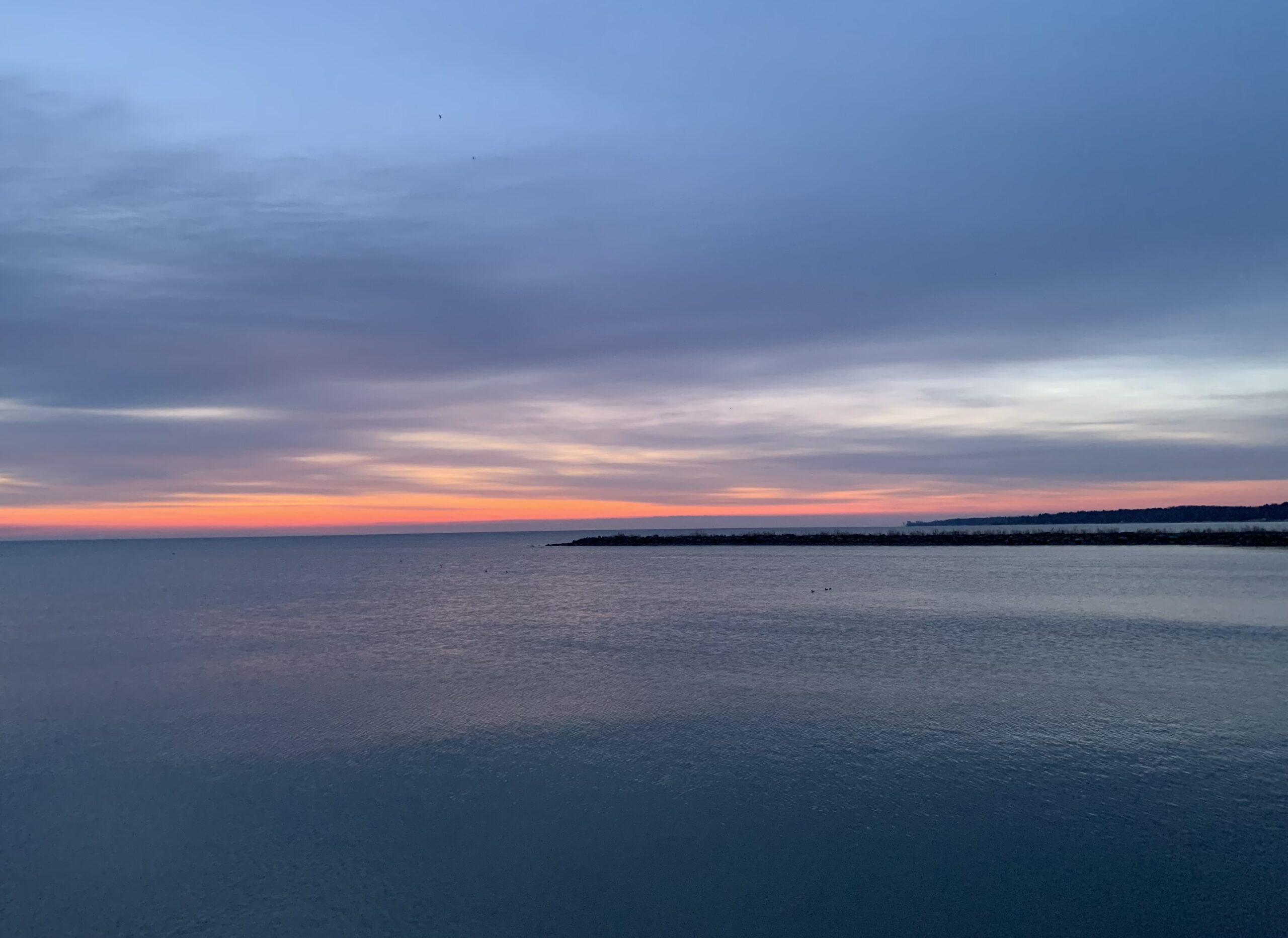Last weekend my daughters and I made a driftwood trellis. The primary goal was to deter deer from a garden that I had recently planted. We had wire fencing available, but we decided instead to create something.
My girls and I hunted the beach for the pieces we needed, and collected stabilizing supplies from our barn. Once we had what we needed to get started, we worked together to design and construct the trellis. The finished product is sturdy and perfectly imperfect. We are all truly proud of what we created.
The thing is, we didn’t have to make something new. As I said, we already had store-bought things to keep deer out, but it was so much more fun this way. We problem-solved, spent time together, and used our brains collectively to create something artistic. Most importantly, the palpable side-effect from creating our trellis was a sustainable mood-boost. And now every time we see it, we will be reminded of the time spent together creating, which will continue to give us little bursts of good vibes over time.
Why should highly sensitive people (HSPs) create?
One nearly universal marker of the highly sensitive person is the richness of our inner worlds. What this means is that we spend a lot of time in our heads, often pondering our own inner workings or those of the people around us. That time spent in our thoughts makes way for deep understanding, not only about ourselves but also about the ways we perceive the world. That understanding evokes emotions and builds over time, leading to a need to create as a form of self-expression.
The Benefits of Artistic Expression
According to this Foundations for Art and Healing article, making art has been proven to reduce blood pressure, improve immunity, fight inflammation, and improve cognition. This NPR article shows that creating art taps into the parts of the brain responsible for making predictions, problem-solving, and making plans for, and looking positively into, the future, which improves overall cognitive and mental health. And finally, this Arts in Psychotherapy paper indicates that there is significant activation of the medial frontal cortex (the reward center) of the brain when participants in their functional near-infrared spectroscopy (fNIRS) study either doodled, colored, or drew freely.
But What if you Aren’t Artistic?
There are many forms of art, from visual (such as painting or sculpture), to written (like poetry or short stories), and performance (such as singing or dancing), and each of these categories have within them many subcategories. For example, writing this blog is a form of written self-expression for me. I am also passionate about gardening, which I consider a visual art.
The good news is, creative expression does not have to be complex or even “good” (whatever that means). As referenced earlier, doodling or coloring also engages the reward center of the brain, and even with simple forms of expression, you will still be required to be present, problem-solve, and make decisions about what supplies you will use and how you will use them, all of which improves either cognitive and/or mental and physical health.
Prioritizing Joy
I personally believe that if we only measure our success by what we earn, rather than what we create, we aren’t wholeheartedly living.
In my twenties I read the Leo Tolstoy short story, The Death of Ivan Ilyich (Read it for free here). The main character, Ivan, follows the traditional societal script and achieves every level of commonly understood success. He advances in his career, becoming a respected judge, marries a woman from a good family, and they have children, who they pamper with private education and enriching activities.
Unfortunately, Ivan falls terminally ill and realizes that in pursuing “success” he forgot to live. He neglected to allow space for joy and ultimately dies unhappy and unloved. Tolstoy dedicates a great portion of this story to the agony of Ivan’s untimely realization. His terrifyingly thorough depiction of Ivan’s intense emotional pain shook me to my core.
This short story has truly shaped the way I choose to walk through life. Since reading it, I have found so much joy in following sparks of inspiration, and, in all honesty, I have created some unfortunate and/or useless things. These specific experiences have also allowed me the opportunity to examine the nature of my inner voice and accept imperfection, which is a useful exercise for a recovering perfectionist like myself.
Get Creative
I would like to take this opportunity to ask you to gather a piece of paper and a writing utensil.
Close your eyes and breathe with intention for 30 seconds or more. When you open your eyes, doodle something. It doesn’t matter what it is. Just have fun with it, and allow yourself to be fully present in this moment of self-expression.
Smile, and enjoy whatever you created.
As always, thank you for reading. If you liked this article, I would love to hear from you. Feel free to drop a comment below about something you have enjoyed creating recently (or not-so-recently). If you would like to receive a once-weekly alert to the release of my latest article, please subscribe. Also, if you know anyone who may benefit from this work, I would greatly appreciate if you shared it with them. I have personally benefited so much from understanding my needs as an HSP, and I genuinely want others to experience similar healing.



